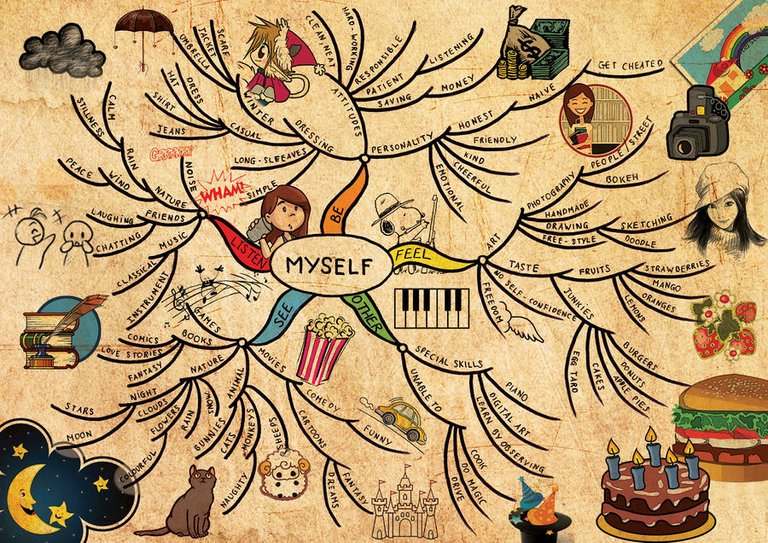Some of the cultures that came before us understood better than we do the relationship between inner disturbances and outer world challenges. Many of the ancient practices that strike a large segment of modern society as superstitious nonsense, such as paganism, Wicca, voodoo and shamanism were (oftentimes successful) attempts to grapple with – and overcome – negative inner influences. Practitioners believed that these inner victories would transform their waking lives in positive ways.

Along with several other divination techniques that are associated with magical practice, the Tarot has proved invaluable to many people in exploring the inner world and bringing destructive influences to light. Once they are seen and recognized, these elements of the inner psyche can be robbed of their power over us. As the Swiss psychologist Carl Jung pointed out, we are only ruled by unconscious forces so long as they remain unconscious. In this sense, drawing Tarot cards resembles the act of dreaming. In both cases, we are surrendering conscious control in order to discover what our deeper selves have to tell us.
Then, armed with this knowledge, we can alter the ways in which we think and thereby change the life we’re experiencing. Tarot cards can reveal obstacles that we didn’t even know existed. They shine a light on the roadblocks along our life path and point to ways of skirting around these obstructions – or of dissolving them completely.
Using the Tarot acquaints us with the landscape of the inner mind, especially if we continue to do readings over a period of time. Normally invisible disturbances will be reflected back to us by the various symbols on the cards. The constructive use that we’re able to make of this content will depend upon our own openness. We should always approach the cards with an open mind and be willing to at least consider the portrait that they offer to us – even if it is unflattering in some respects.
Because the information that we’re receiving via the symbols on the cards is highly personal, we should be aware of our own responses – at first glance – to any drawing. Pay attention to your personal reactions, as well as to any associations that may arise in your mind in response to the images, before you consult a book or listen to a reader’s interpretation. If someone else is performing the reading for you then this won’t be possible, of course; but you should still let your personal feelings be the final judge of what a specific reading “means”. As with dreaming, that act of drawing Tarot cards entails a certain kind of communication between ourselves and our deeper identities – our souls, if you will – and so the messages will have nuances of meaning that are particular to us and no one else.

I love the curiosity that has led us to these practices as human beings. I personally love tarot cards and various divination techniques to deepen the understanding of the conscious self. Good stuff! :)
Love to see a new Tarot Community growing here on Steemit. I too am a reader and am getting off to a slow start gaining voting power on the platform, but I do think we are off to a good start in growing our own "Tarot Whales" ...in a manner of speaking. Thanks for the post!